 The Ebola epidemic currently raging on in West Africa highlights the importance of our urban zoonoses project on the emergence or introduction of zoonotic diseases in urban areas. One year ago, the African Population and Health Research Center (APHRC) working with some of the urban zoonoses partners — ILRI, KEMRI, University of Nairobi, University of Edinburgh and University of Liverpool— started collecting data on the case-control study—diarrhea component (CCDC) of this project. We aim to understand the link between keeping livestock (farm animals: cow, chicken, pigs etc.) consuming livestock products (milk, meat, eggs. etc.) and children getting diarrhoea in informal settlements.
The Ebola epidemic currently raging on in West Africa highlights the importance of our urban zoonoses project on the emergence or introduction of zoonotic diseases in urban areas. One year ago, the African Population and Health Research Center (APHRC) working with some of the urban zoonoses partners — ILRI, KEMRI, University of Nairobi, University of Edinburgh and University of Liverpool— started collecting data on the case-control study—diarrhea component (CCDC) of this project. We aim to understand the link between keeping livestock (farm animals: cow, chicken, pigs etc.) consuming livestock products (milk, meat, eggs. etc.) and children getting diarrhoea in informal settlements.
The case-control of diarrhoea is nested on existing APHRC activities. For a decade now, APHRC has been conducting the Nairobi Urban Health and Demographic Surveillance System, which consists in collecting routine demo-graphic (birth, death, migration, cause of death) data in Korogocho and Viwandani, two informal settlements of Nairobi. On this frame-work, we nested a maternal and child health study to better understand mother-child pair’s issues. Informal settlements are usually ex-cluded from surveys and/or their data aggre-gated with that of other well to-do urban areas so that little is known specifically about those informal settlements. But considering that 60% of Africans are projected to live in urban areas by 2050, and the majority of them will reside in informal settlements, ignoring those population in research and policy activities is a recipe for disaster.
A year later, we can report that we collected socio-economic household characteristics, hygiene practices, and diarrhoea risk factor data among about 3000 children. Among them, we collected additional fecal, food and water samples from about 200 children with diarrhoea (cases), matching them with 400 children without diarrhoea (controls). In the coming weeks, we will analyze the wealth of data collected, linking for the very first time socio-economic and demo-graphic data on the children and their house-holds with their laboratory results to provide a comprehensive view of the causes of diarrhoea in under-fives in those settlements and the microbi-al flora in the children. Other connected ques-tions will be addressed as well. We will then pro-ceed with the representative sample possibly linking the CCDC data with the other sections of Nairobi.
Already we can also report that as a team, we have grown a lot, learning to adjust our operations in terms of logistics, staffing and incentive, along with hours of work. APHRC team members alone include 23 fieldworkers and 3 riders based in a couple of field offices; Peterrock Muriuki, Nelson Muhia, Nicholas Ngomi, Frederick Wekesah, Martin Mutua Kavao, Catherine Kyobu-tungi the APHRC co-PI and myself.
We are grateful to all the community members who agreed to open their homes and to share their lives with us.
The Zoonotic and Emerging Disease group studies a range of epidemiological issues revolving around the domestic livestock, wildlife and human interface


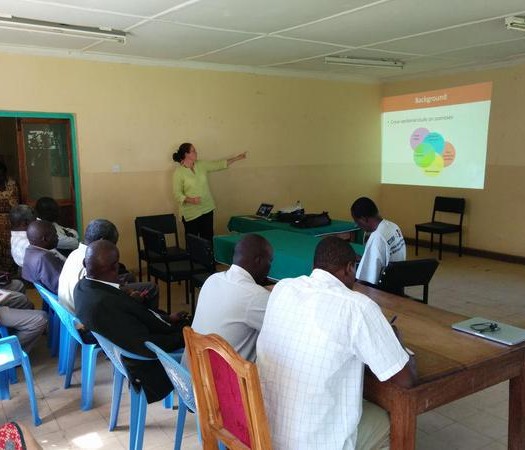
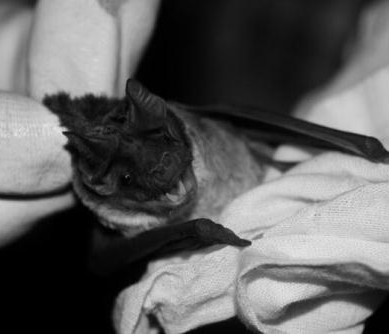
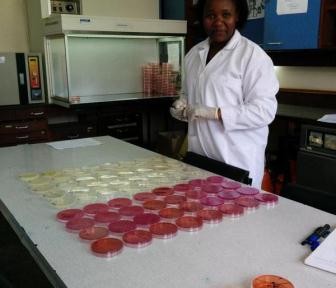
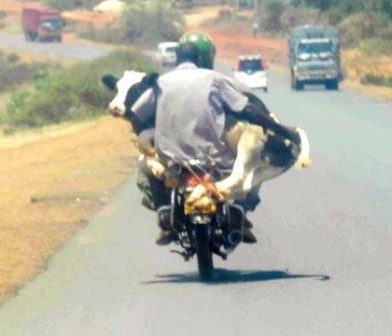
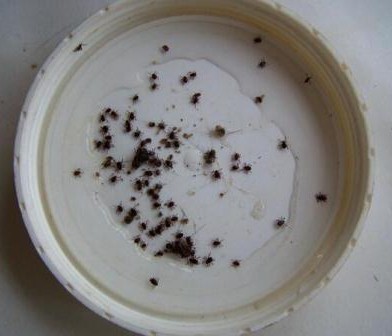
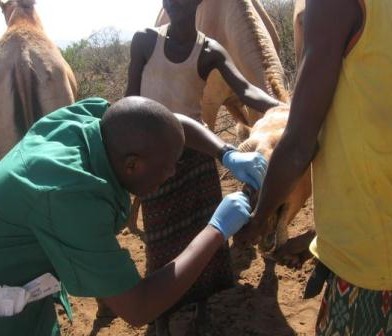
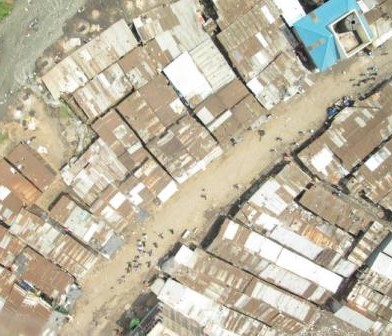
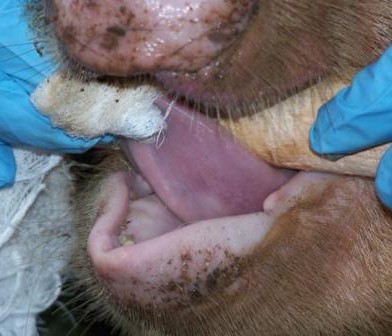
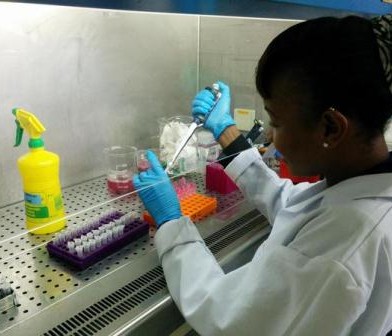
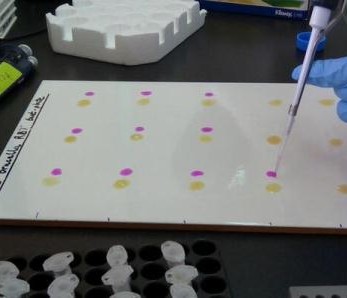
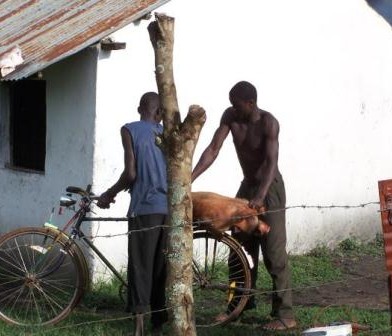
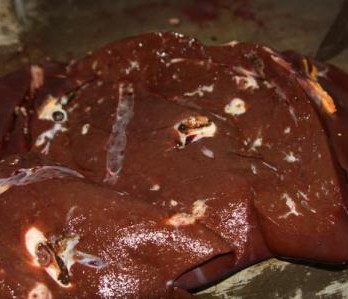
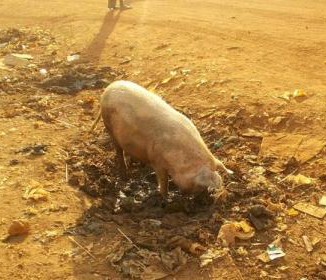
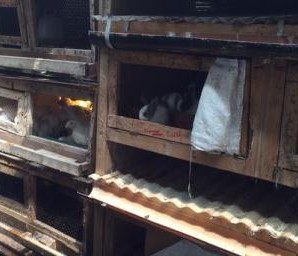

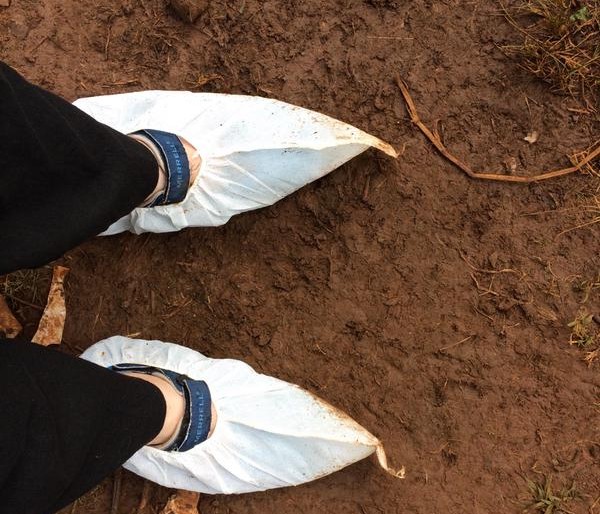

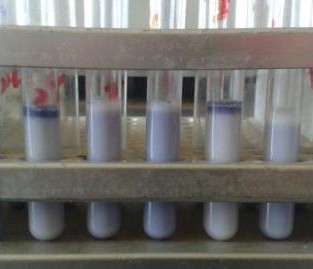
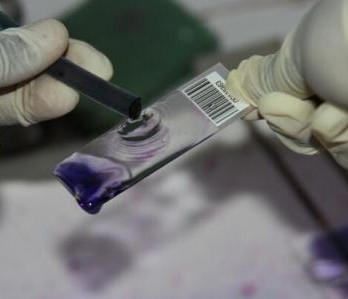
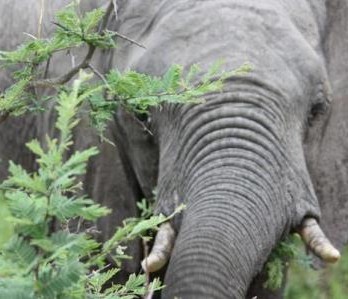

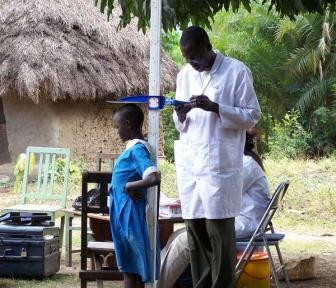
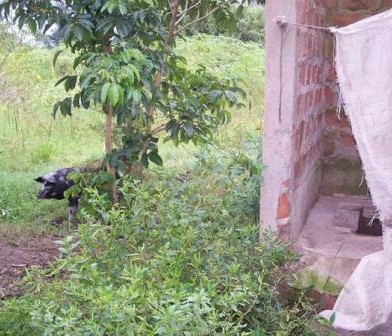
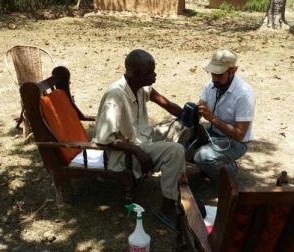
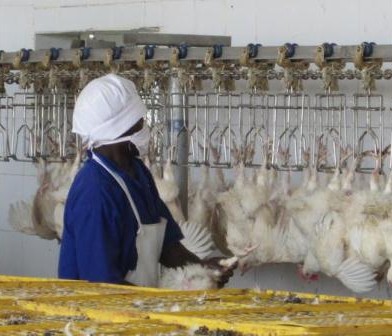
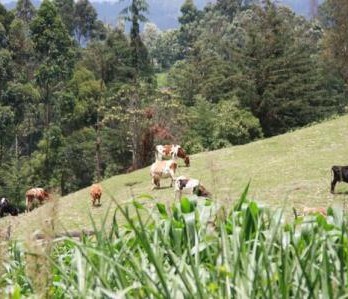
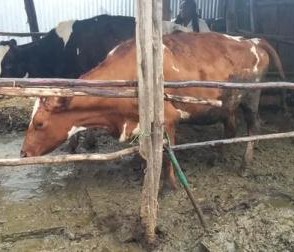
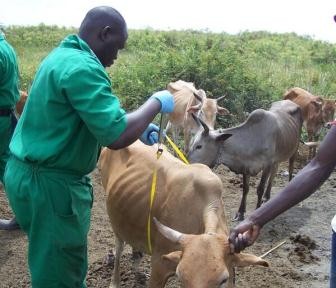
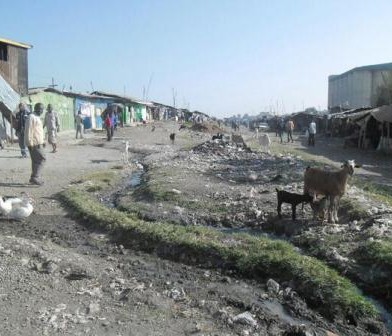
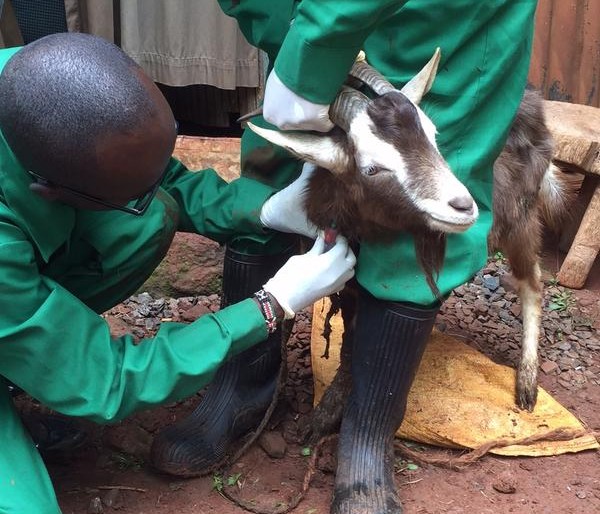
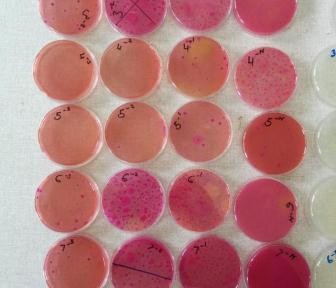
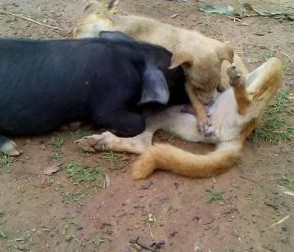
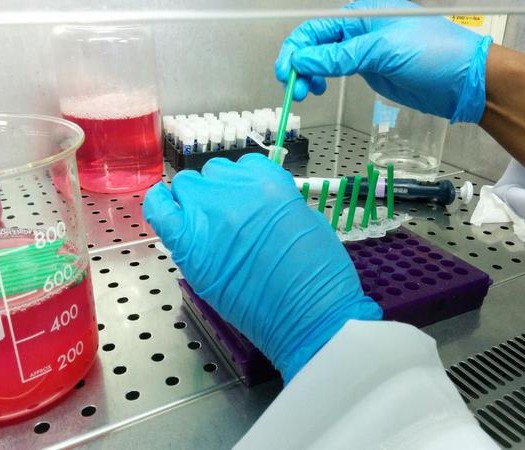
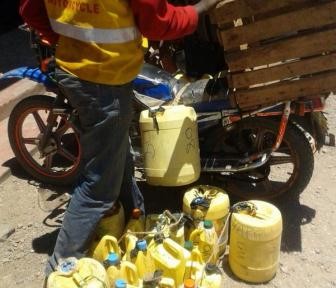
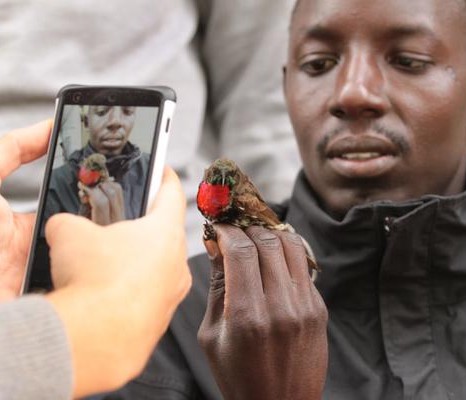
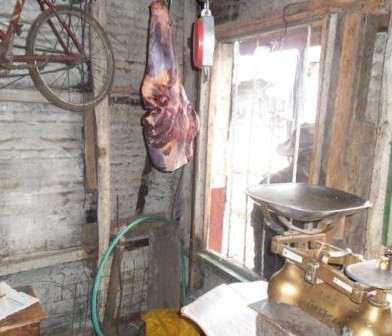
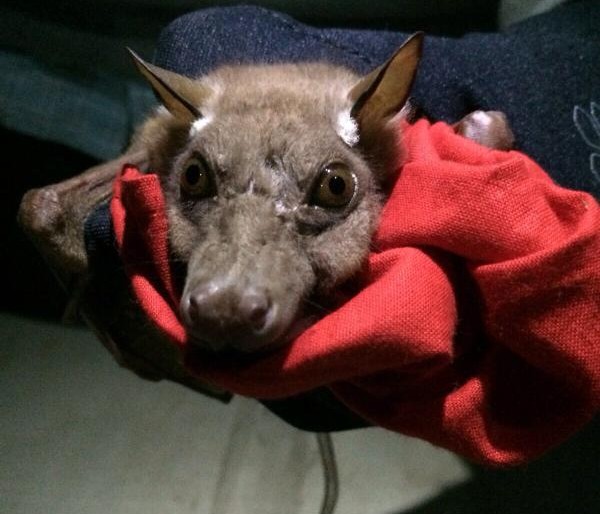
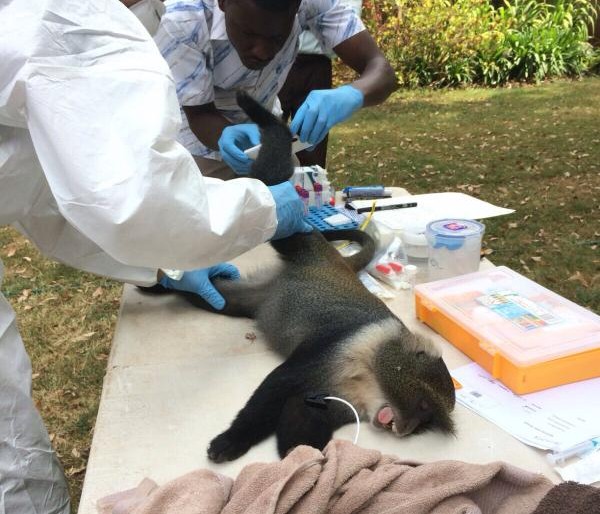
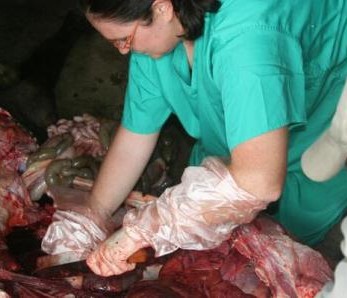
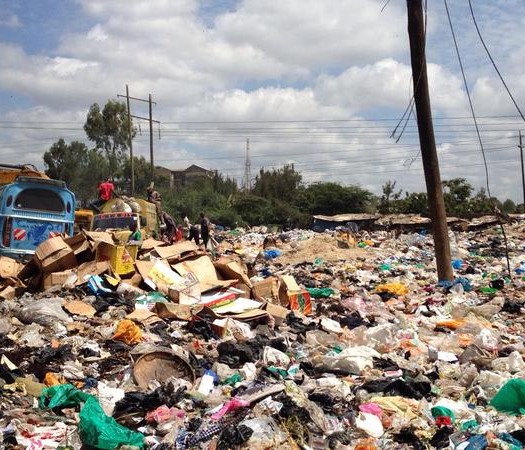
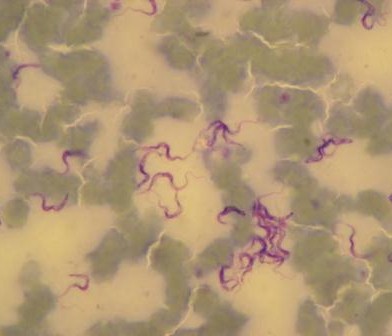

You must be logged in to post a comment.